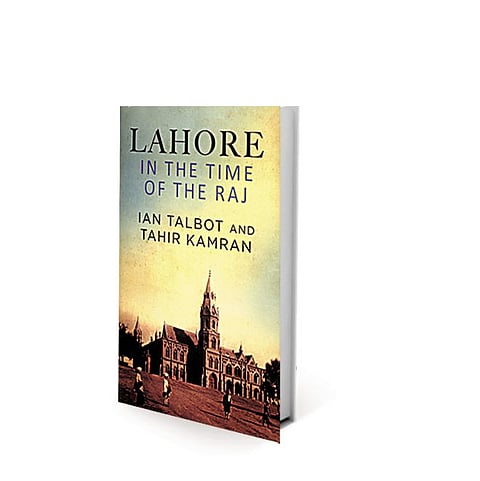
- Destinations
- Experiences
- Stay
- What's new
- Editor’s Picks
- Responsible Tourism
- CampaignsCampaigns
- Subscribe

Although the Indian subcontinent was colonised by Britain, winner of the great colonial tussle in the 18th century, India/Pakistan got into the mindset of the victors. This marvelous book on Lahore, with fascinating insights, will continue to tell readers more than what they may seek.
The first cover blurb by Francis Robinson, professor of the history of South Asia, Royal Holloway, University of London, still reiterates the British clich of Lahore as the Paris of the East. Not many from this part of the world had seen Paris when this appellation was given in the 19th century. The British were envious of the French. London would never be Paris, so they invented this aspirational myth that Lahore was the Paris of the Orient. Neither its spatial planning of mohallas matched the Paris arrondissements, non did any Champs lyses showcase its merchandise with such lan. Lahores arts & crafts movement was one artificially planned by the British. It was not a creative renaissance, nor fertile ground to plant the seed of Impressionism or Cubism. And yet Lahore was Lahore, better without any comparisons, not quite Paris, nor Oriental Istanbul.
Mughal Lahore, so well described in this book, was a city of fusion, not a city of division. So was Ranjit Singhs Lahore, admirably referred to by John Milton and Angel Michael as the current as well as the future cities of the world. It measured up with Calcutta, Delhi, Bombay, Karachi, as also Afghan and Arab cities. It reached out to Europe and America, but the partition of India orphaned it and made it provincial.
Willy Brandt had once said of the Berlin Wall that those who build walls forget that they make prisoners of people on both sides. Lahore was the most ostracised and orphaned because of the partition. You can feel the silent pain in this book which first builds the body of the erstwhile capitalits streets, darwazas and mohallas, its importance at the crossroads of trade, its natural fusion of cultures, its pilgrims and its martyrsall turned sour by mass migration and then militancy. It mourns in facts and words this going to seed which may well have been Lahores eternal bloom. But the clocks of time only tick forward . Bhuttos forced reversal of 1947 in 1974, when a 155-foot marble monarch was made just by the Punjab assembly, may commemorate the Islamic Conference where Arafat, King Faisal, Qaddafi as well as presidents Assad, Sadat and Boumediene met in a parochial and divisive spirit. But the Lahore Minar will never triumph like the cosmopolitan Eiffel Tower which pierced the sky with the celebration of progress.
My family hails from Lahore and when I visited it in 1987, it had fallen asleep. Many more tiny mosques lined the streets to announce that it belonged more to Allah than the cosmopolitan world it had once aspired to grab the attention of. It was not buzzing commerce or education and culture though it had some of its feudal patrons. Lahore seemed to be returning to its Orientalist stereotypes.
The book records that 2,350 foreigners visited Lahore in 2015. The Paris of the East/Orient for the Pakistanis had more likely moved to Birmingham or Dubai, and Karachi had become more cosmopolitan while Lahore and its neighbourhood wore the tag of terrorism. The book ends with the pessimism of social media, Ironically, these endeavours frequently perpetuate Orientalist portrayals of the inwardness of the darwazas and galis of the walled city
